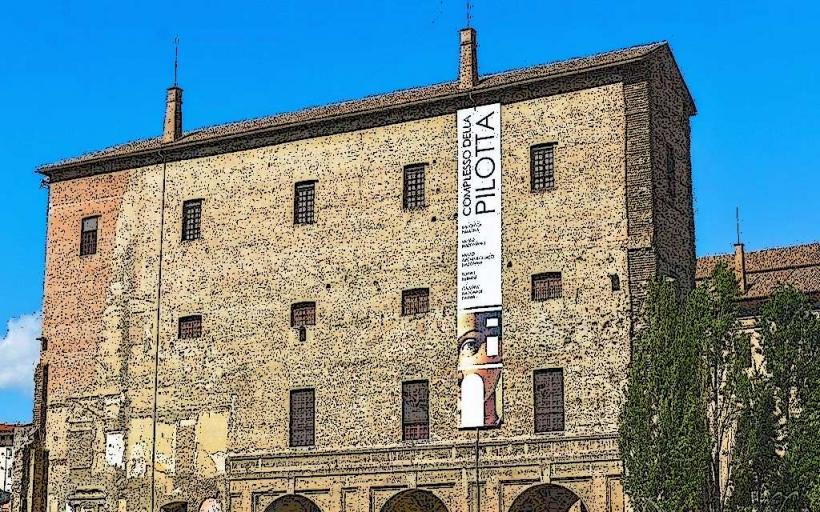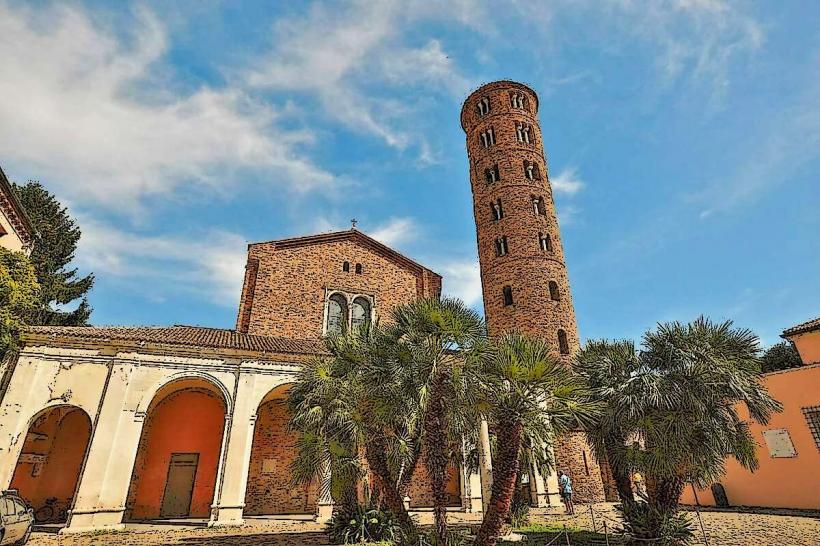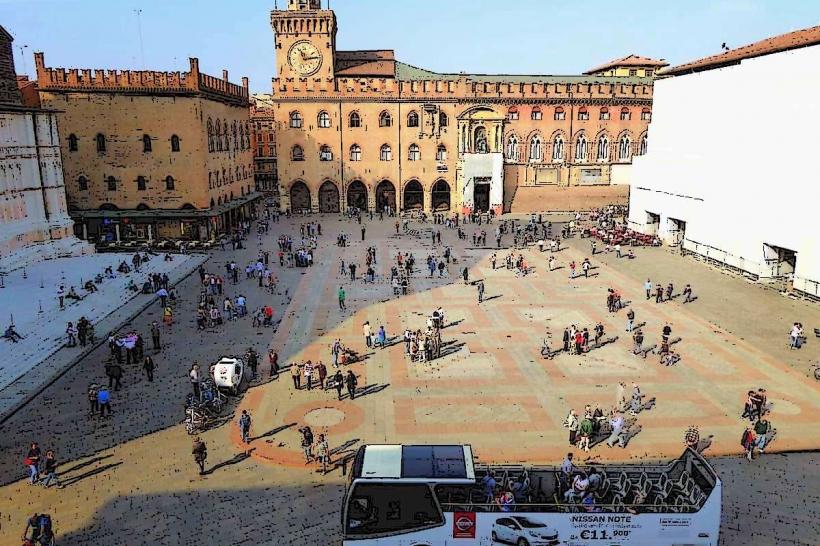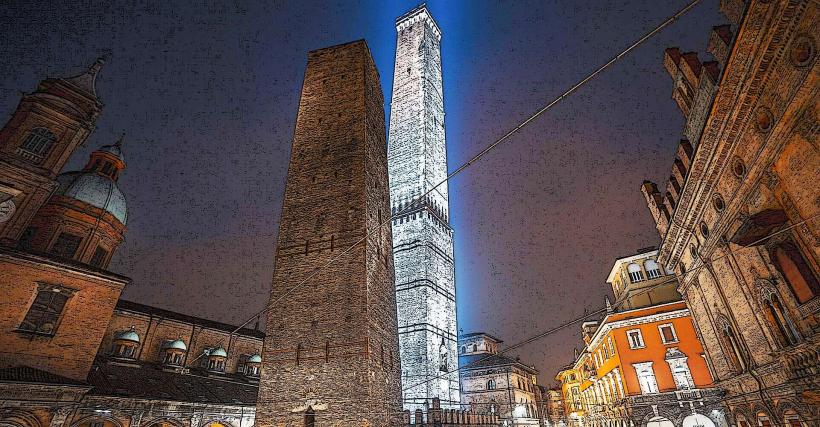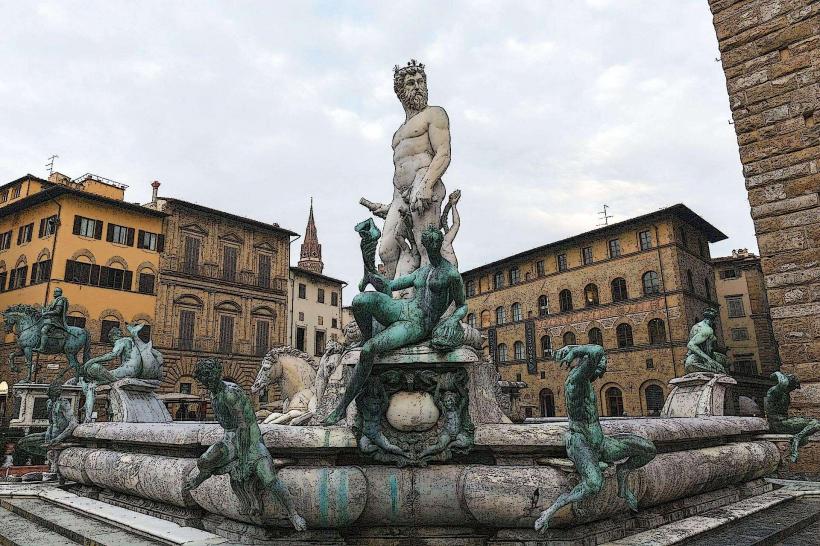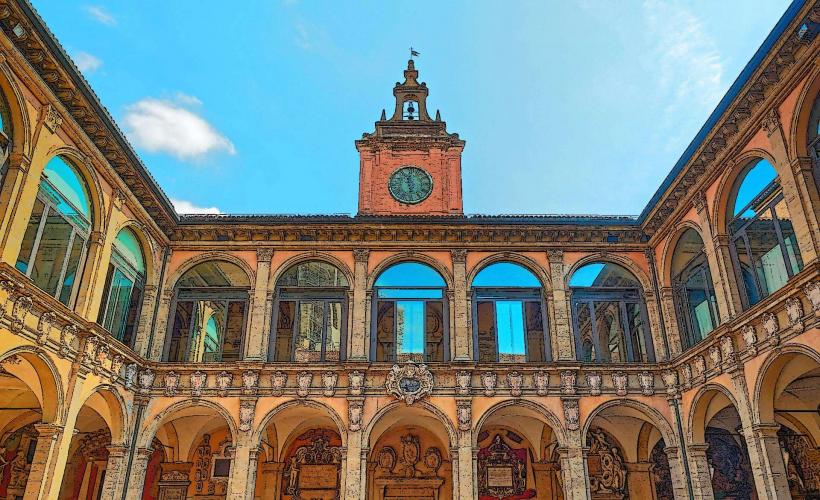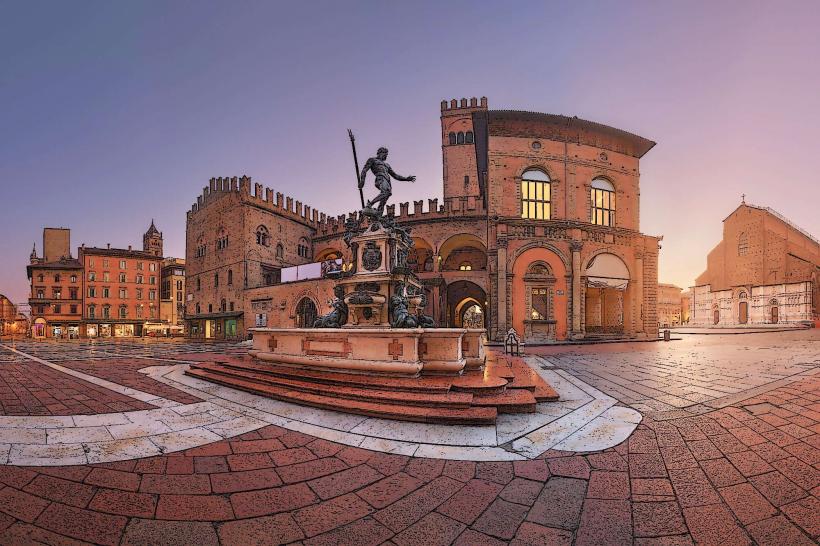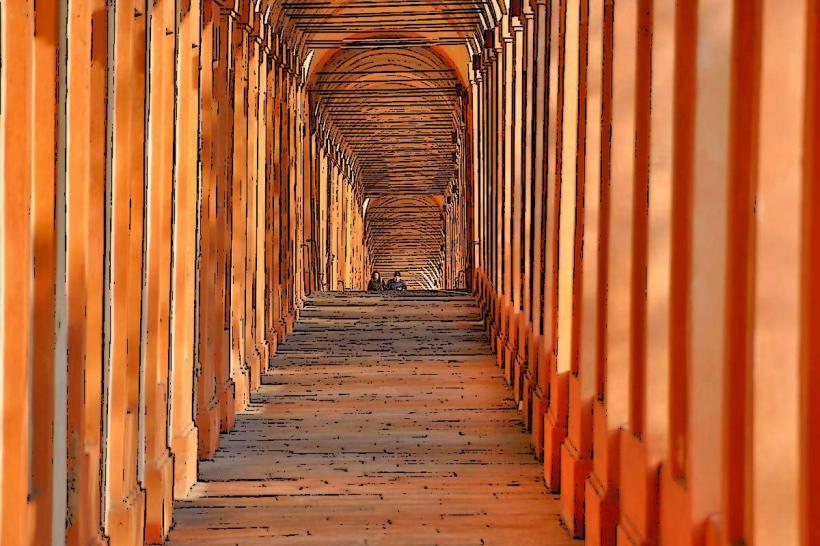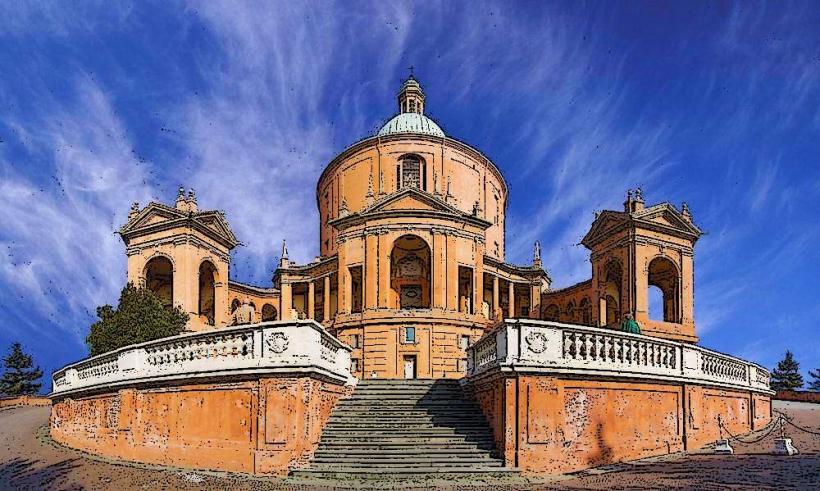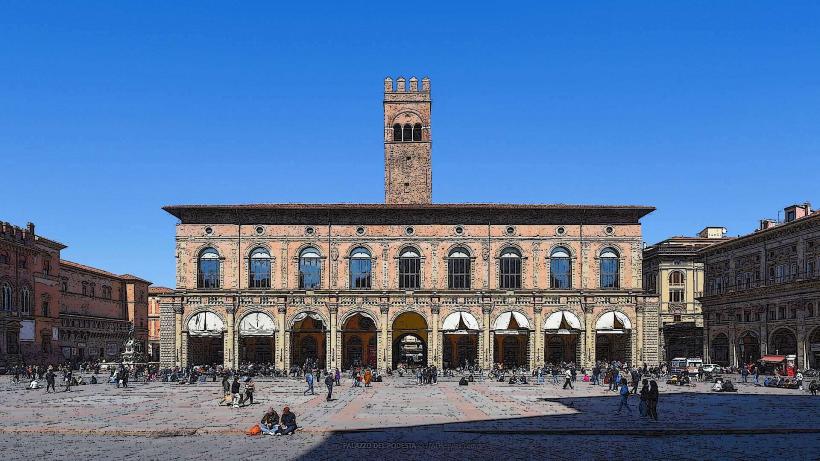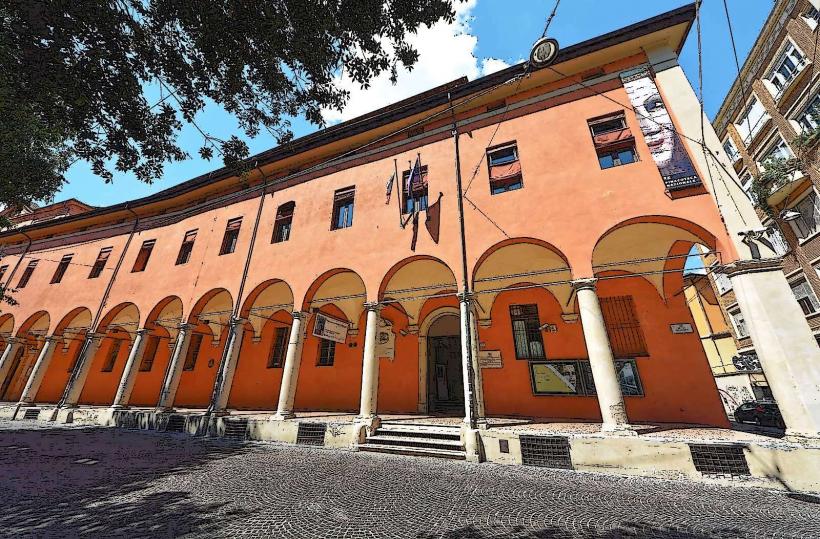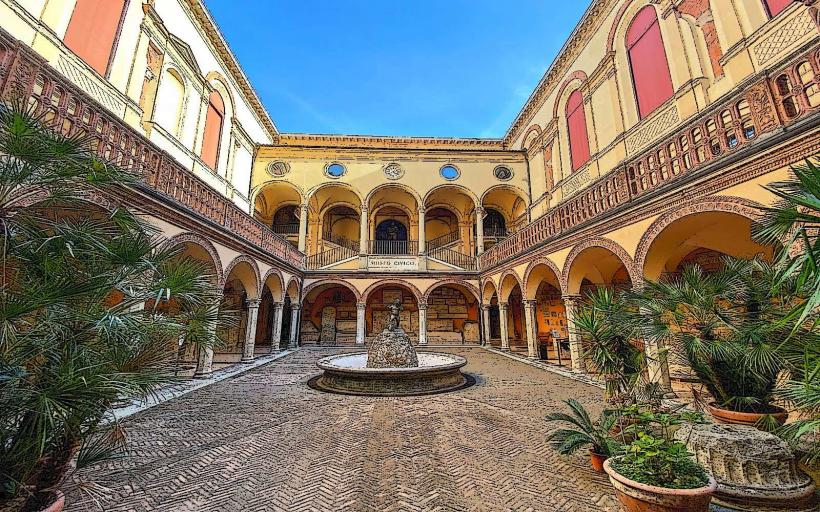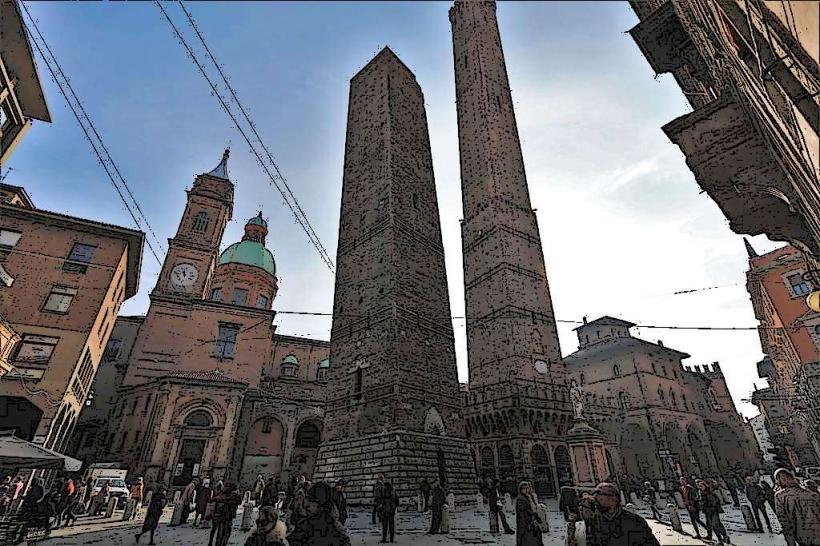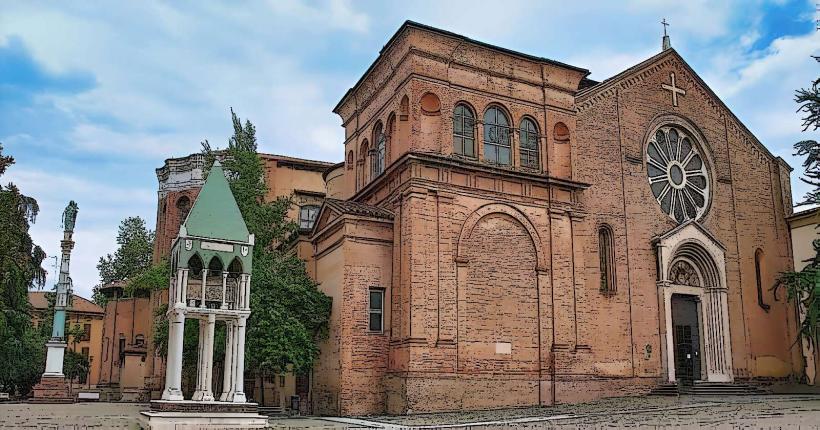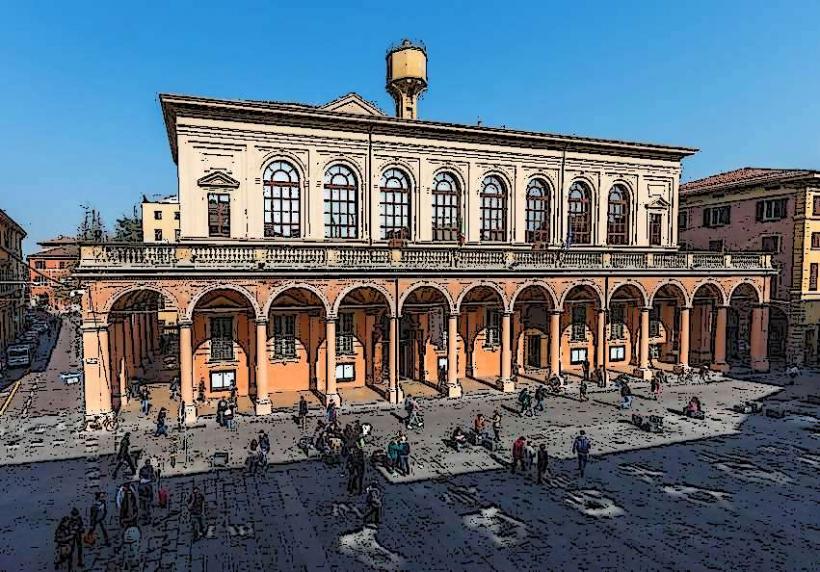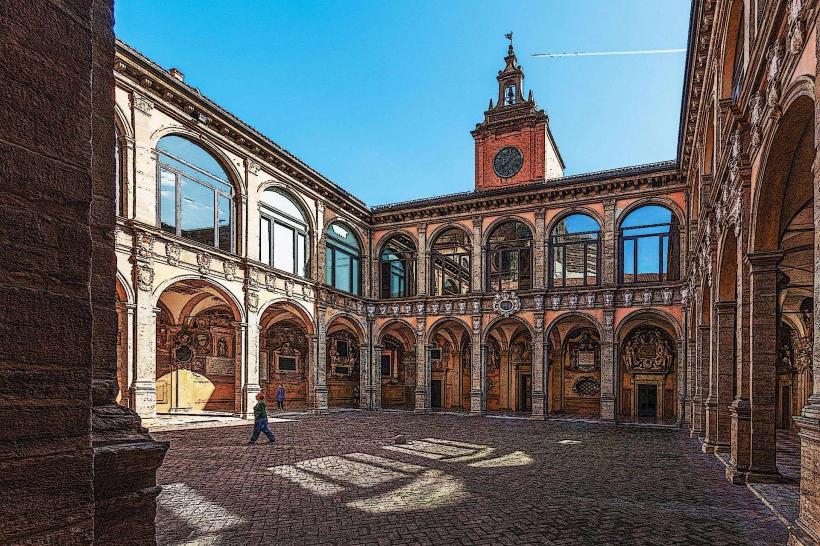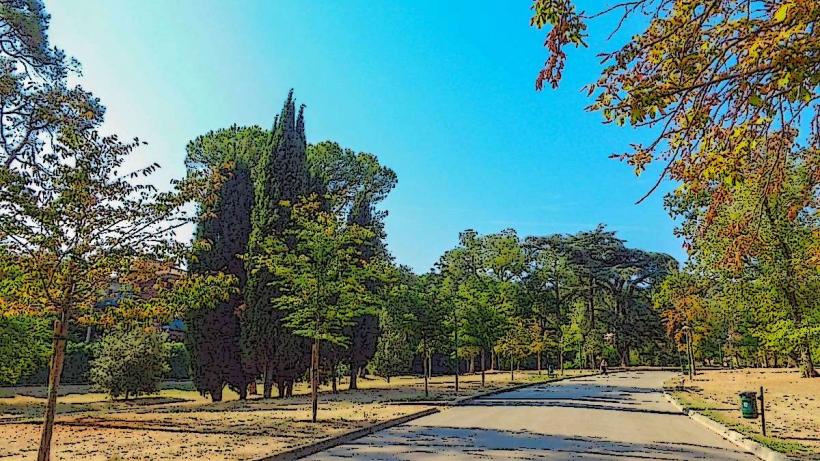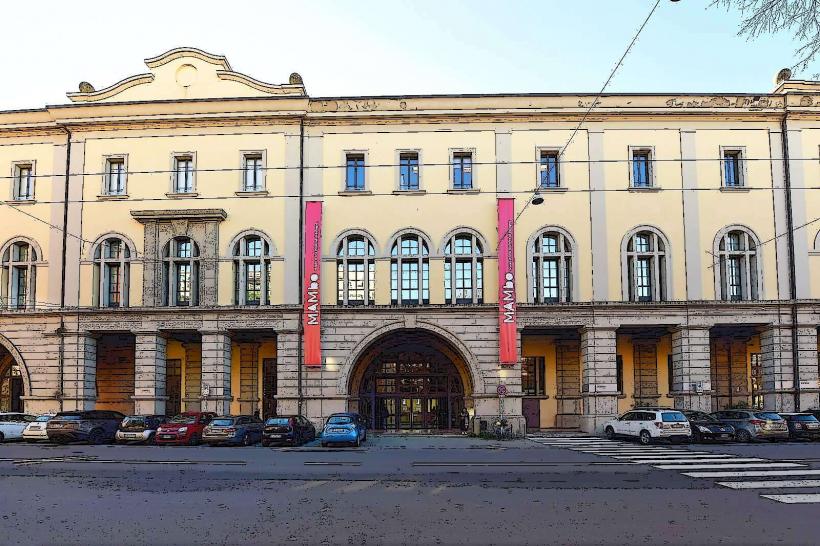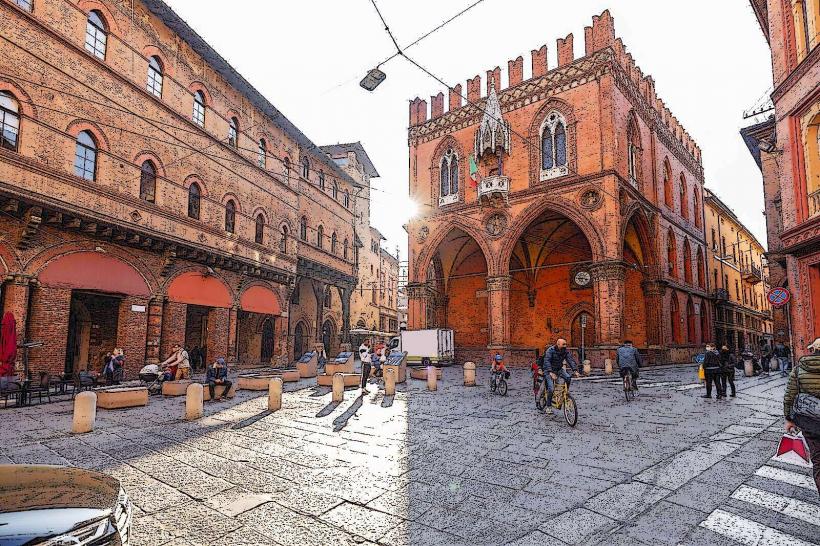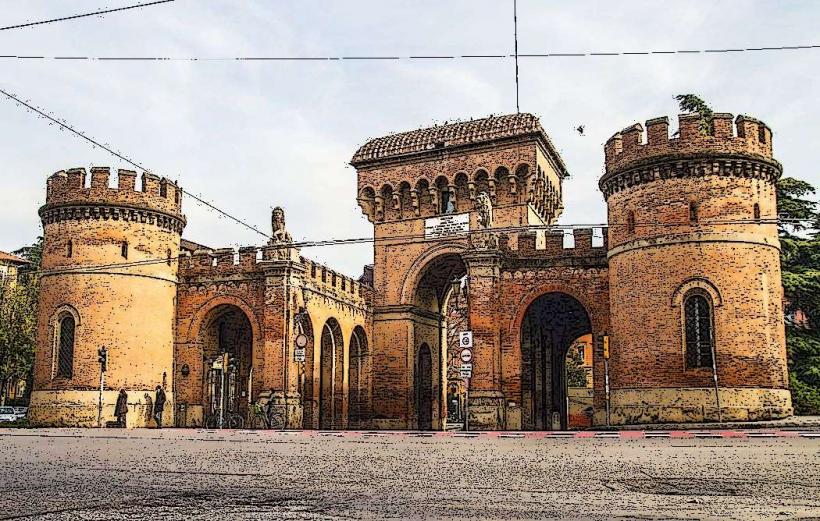Information
Landmark: Basilica di Santo StefanoCity: Bologna
Country: Italy
Continent: Europe
The Basilica di Santo Stefano, also known as the Sette Chiese (Seven Churches), is a complex of religious buildings in Bologna, Italy. It is one of the city's most significant and oldest ecclesiastical sites, known for its history, architectural diversity, and spiritual importance. Here’s a detailed look at this unique basilica:
1. Historical Background
- Early Origins: The complex of Santo Stefano dates back to the 5th century, though it is believed that an earlier Christian site may have existed at the location even before the construction of the basilica. The complex was built to honor Saint Stephen, the first Christian martyr, whose relics were believed to be housed in the basilica for many centuries.
- Foundation and Development: The Basilica di Santo Stefano was originally founded by Pope Sixtus III in the early 5th century as part of a major initiative to develop Christian sacred sites in the city. Over the centuries, the church and its surrounding buildings have been expanded and modified, incorporating various styles, especially Romanesque and Medieval elements.
- The “Seven Churches”: The name Sette Chiese (Seven Churches) comes from the original design of the basilica complex, which included multiple small churches, chapels, and spaces, each dedicated to different saints and religious functions. Some of these churches have since been joined together, but the complex retains its multi-church character.
2. Architectural Features
- Romanesque Style: The basilica's architecture is primarily Romanesque, characterized by its robust, simple design with semi-circular arches, heavy stone walls, and round windows. The structure is imposing and somewhat austere, in line with the Romanesque style's focus on solidity and function.
- The Church of the Holy Sepulcher: One of the most distinctive parts of the complex is the Church of the Holy Sepulcher, which is designed to resemble the Church of the Holy Sepulchre in Jerusalem. This church has a rotunda with a dome and is linked to the legend of the Crusaders, who brought the design back to Bologna after their journeys to the Holy Land.
- Architectural Layout: The complex consists of a series of connected chapels, courtyards, and buildings, including:
- Basilica of Santo Stefano: The main church, which houses the relics of St. Stephen, is a beautiful example of Romanesque architecture.
- Church of the Holy Sepulchre: A smaller rotunda built to represent the tomb of Christ in Jerusalem.
- Piazza di Santo Stefano: The surrounding square, with its cloistered courtyard and medieval structures, provides a peaceful setting for reflection and worship.
3. Important Structures in the Complex
- The Chapel of the Relics: This is one of the most revered parts of the basilica. It houses relics of Saint Stephen and other important Christian saints. It is said that these relics were brought to the basilica in the 5th century and were a significant reason for the church's importance during the Middle Ages.
- The Cloister: The complex has a beautiful medieval cloister, a peaceful space often used for meditation and prayer. The cloister is a lovely example of medieval monastic architecture, with stone columns and arched arcades.
- The Chapel of St. Gregory the Great: This chapel is dedicated to Pope Gregory I, and it houses a fresco of the saint. The chapel is part of the larger network of smaller chapels that make up the complex.
- The Crypt: Beneath the church lies a crypt that is filled with religious significance. The crypt contains several important Christian relics and has an atmosphere of solemnity and quiet devotion.
- The Old Monastery: The basilica also once served as a monastic complex for Benedictine monks, and parts of the old monastery have been preserved. The monastery included an abbey, and the monks were involved in the administration and maintenance of the church complex.
4. Artistic Features
- Frescoes and Paintings: The basilica is home to numerous frescoes, many of which date back to the Medieval and Renaissance periods. These frescoes depict scenes from the life of Christ, as well as important saints, angels, and biblical figures. The artwork reflects the devotional practices and artistic styles of different periods in Bologna’s history.
- Sculptures and Reliefs: The church is adorned with beautiful sculptures, including reliefs of saints, angels, and biblical scenes. The Romanesque-style carvings on the doors and columns are intricate and detailed, offering a glimpse into the artistic culture of the time.
5. Spiritual Significance
- Relics of Saint Stephen: The Basilica di Santo Stefano is deeply significant in Christian history due to its association with Saint Stephen. The basilica is believed to house relics of the saint, including his head. Saint Stephen’s martyrdom and his role as the first Christian martyr make the basilica an important place of pilgrimage for Christians.
- Historical Role: During the Middle Ages, the basilica was a central place of worship and pilgrimage for Christians in Bologna and beyond. It was known for its holy relics, which attracted pilgrims seeking to pray and gain spiritual benefits.
- A Place of Reflection: The basilica is still a functioning religious site, where people come for Mass and other religious services. Its peaceful setting and the historical atmosphere make it a place for reflection and prayer.
6. Visiting the Basilica di Santo Stefano
- Location: The basilica is located in the historic center of Bologna, not far from the famous Piazza Maggiore. It is easily accessible on foot and is a central part of Bologna's religious heritage.
- Tourist Attraction: Today, the Basilica di Santo Stefano is a popular tourist destination. Visitors can explore the beautiful medieval and Romanesque architecture, admire the frescoes, and visit the cloister and crypt. The church is also often used for cultural events and religious celebrations.
- Opening Hours and Admission: The basilica is usually open to visitors during the day, with occasional services and events. Admission is typically free, though donations are encouraged to help maintain the building.
7. Fun Fact
- The Basilica di Santo Stefano is sometimes called the “Seven Churches” due to the original design, which had seven separate church buildings or chapels. Although some of these structures have been merged over time, the name has remained, reflecting the basilica's complex and multifaceted history.
Conclusion
The Basilica di Santo Stefano is a stunning and historically rich site in Bologna, blending Romanesque and medieval architecture with religious significance. Its complex of churches, chapels, and cloisters provides visitors with a unique and serene experience, making it one of the most cherished landmarks in the city. Whether for its spiritual importance, artistic heritage, or peaceful atmosphere, the basilica is an essential stop for anyone visiting Bologna.

